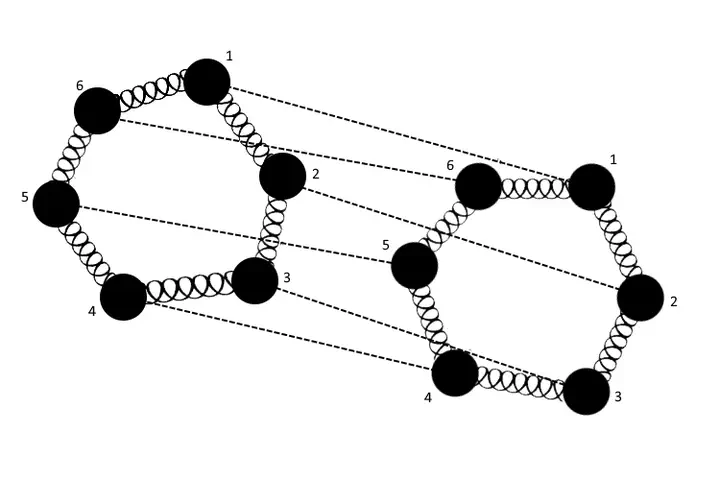Path Integral Molecular Dynamics Tutorial
 The interaction between two quantum mechanical atoms.
The interaction between two quantum mechanical atoms.ABSTRACT: Self-assembly and structural ordering is a complex, emergent property of liquids that is intimately related to macroscopic and microscopic phenomenon. A foremost objective of modern research in liquid state physics is the development and optimization of computer simulations that can accurately predict the behavior of materials from the atomic scale for any arbitrary system, and we expect such models to closely agree with experimental measurements of macroscopic behavior (PV diagrams, heat capacity, etc) and microscopic behavior (pair correlation functions, diffusion coefficients, etc). Common quantum simulation methods employ empirical correction schemes on top of classical simulations to better fit a particular macro/microscopic observable. This can lead optimized pair potentials to severely over fit to one particular thermodynamic state. This has lead researchers to pursue simulation methods that can better represent the physics of the liquid state without the need for empirical correction. A rigorous way of doing this is through the use of quantum mechanics and the path integral. The aim of this review is to convince newcomers of the power of path integral simulations as well as reveal the often overlooked theoretical background of quantum simulation.
To view this project please click on the PDF link above.